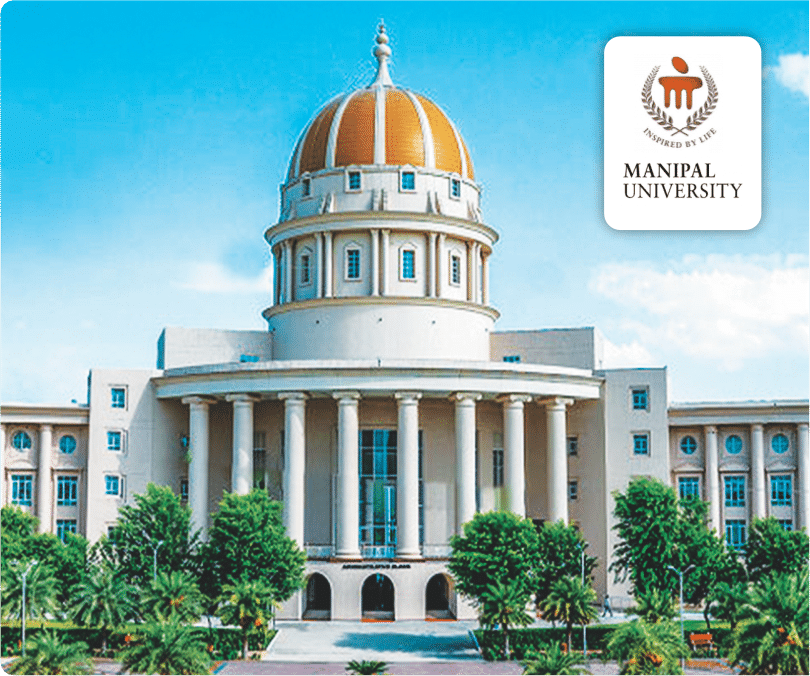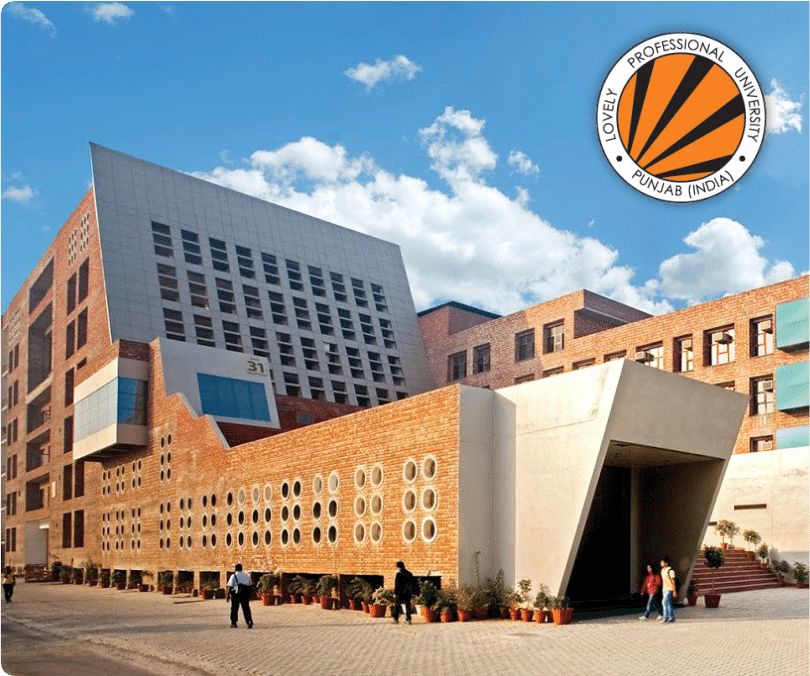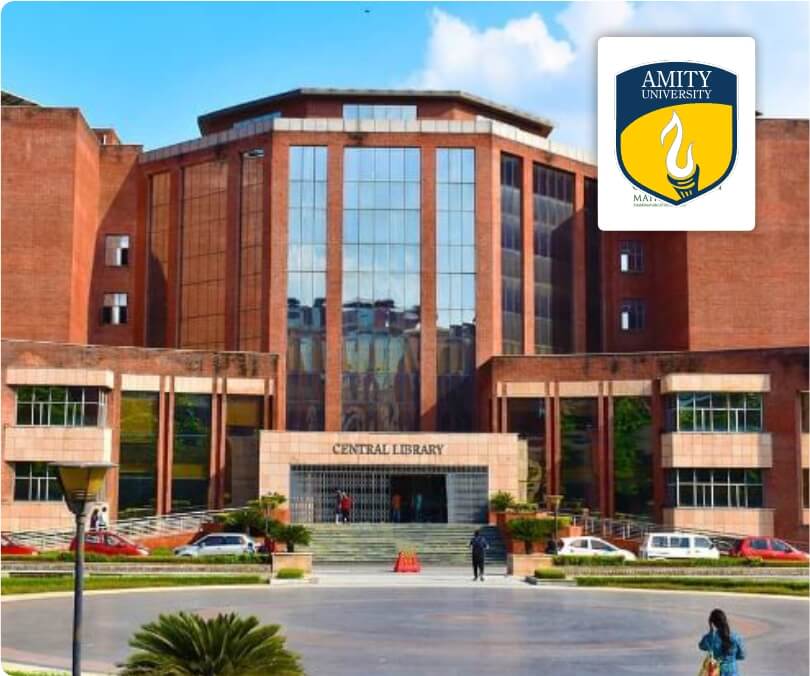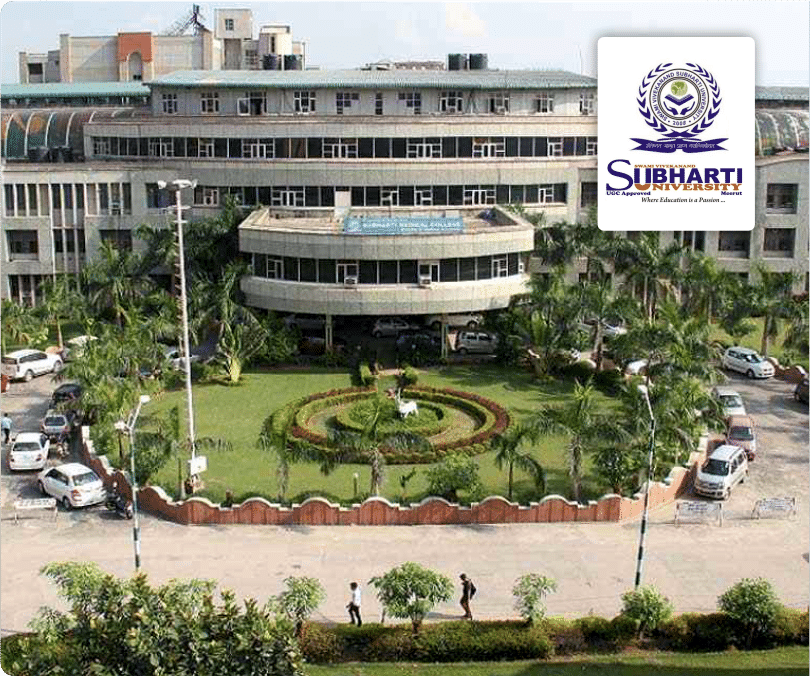
Top Institutions in NIRF Ranking 2026 for Sustainable Development Goals
The NIRF Ranking 2026 has taken a significant step by introducing a dedicated category for Sustainable Development Goals (SDGs), highlighting the growing importance of sustainability, ethics, and social responsibility in higher education. This new focus not only recognizes institutions excelling in academics but also rewards universities actively contributing to environmental protection, social welfare, and innovation.
In this blog, we explore the top institutions in NIRF Ranking 2026 for Sustainable Development Goals and how they are shaping the future of education in India.
What Are Sustainable Development Goals (SDGs)?
The Sustainable Development Goals meaning (SDGs) explains the purpose behind a set of 17 global goals adopted by the United Nations in 2015. These goals guide countries in ending poverty, protecting the planet, and promoting peace and prosperity by 2030. The SDGs cover key areas such as education, health, equality, climate action, and sustainable economic growth, forming a roadmap for a better future.
NIRF Ranking 2026: A New Focus on SDGs
The National Institutional Ranking Framework (NIRF) 2026 has taken a big step forward by adding a new focus area — the Sustainable Development Goals (SDGs). This change connects India’s higher education system with global standards of sustainability and social responsibility.
Key Changes in NIRF Ranking 2026
- New Ranking Category: For the first time, NIRF has introduced a separate category for SDGs, increasing the total categories to 17. This means the rankings now go beyond academics, placements, and research.
- Assessment Parameters: Institutions were asked to register for this category and were judged on the following points:
- Environmental Sustainability: Green campuses, renewable energy, eco-friendly buildings, waste recycling, and water conservation.
- Social Impact: Efforts to improve society through inclusive and equitable development projects.
- Research and Innovation: Publications, patents, and projects that support the UN’s sustainability goals, like climate action and social equality.
- Curricular Contributions: Inclusion of sustainability topics in academic courses and activities.
- Inclusive Practices: Promoting diversity, equity, and opportunities for all students.
Why This Matters
- New Way of Evaluation: NIRF is no longer looking only at academics, research, and placements. It now also considers how institutions contribute to society and the environment.
- Greener, Inclusive Campuses: This change will push universities and colleges to adopt sustainable practices and give importance to social initiatives.
- Better Guidance for Students: Students can now choose institutions that not only provide quality education but also support a sustainable and fair future.
- Boost for Institutions: Performing well in this ranking can increase visibility, attract funding, and build global partnerships in the field of sustainability.
Top Institutions in NIRF Ranking 2026 for Sustainable Development Goals
| Name of Institution | City | State | Rank |
|---|---|---|---|
| Indian Institute of Technology Madras | Chennai | Tamil Nadu | 1 |
| Indian Agricultural Research Institute | New Delhi | Delhi | 2 |
| Jamia Millia Islamia | New Delhi | Delhi | 3 |
| S.R.M. Institute of Science and Technology | Chennai | Tamil Nadu | 4 |
| Manipal Academy of Higher Education, Manipal | Manipal | Karnataka | 5 |
| Indian Institute of Technology Roorkee | Roorkee | Uttarakhand | 6 |
| Jawaharlal Nehru University | New Delhi | Delhi | 7 |
| Indian Institute of Technology Delhi | New Delhi | Delhi | 8 |
| National Institute of Technology Rourkela | Rourkela | Odisha | 9 |
| Banaras Hindu University | Varanasi | Uttar Pradesh | 10 |
Note: Want to know how other institutes performed? Check out our blog on NIRF Ranking 2026 – Complete List of Universities and Colleges.
Why These Institutions Stand Out
The institutions recognized in the NIRF 2026 SDG ranking stand out because of their strong and consistent commitment to sustainability and social responsibility. Instead of limiting their efforts to isolated projects, they have adopted a holistic approach that integrates the Sustainable Development Goals into academics, research, campus operations, and community engagement. They are leading the way through:
- Green Campus Initiatives: Adoption of renewable energy, water conservation systems, eco-friendly infrastructure, and waste management practices.
- Decarbonization and Energy Efforts: Ambitious goals to reduce carbon emissions, promote clean energy, and move toward net-zero campuses.
- Research and Innovation: High-impact studies and projects focused on climate change, agriculture, renewable energy, sustainable technologies, and social equity.
- Curriculum Integration: Courses and programs that embed sustainability concepts across disciplines.
- Community Development: Outreach initiatives that improve local livelihoods, promote inclusivity, and support equitable social development.
- Inclusive Practices: Policies and programs that ensure diversity, equity, and opportunities for marginalized groups.
Key Highlights from the NIRF 2026 SDG Rankings
The NIRF Ranking 2026 has, for the first time, introduced a category dedicated to the Sustainable Development Goals (SDGs), marking a major shift toward measuring social and environmental responsibility in higher education.
- Top Recognition: Ten institutions were highlighted for their strong contributions to sustainability, community development, and inclusive practices.
- New Methodology: The evaluation focused on areas such as green campus initiatives, research linked to SDGs, community outreach, and integration of sustainability into curricula.
- Recognition-Based Approach: Instead of scores, the inaugural list recognized institutions demonstrating leadership in sustainability, setting the stage for deeper assessments in future years.
- Holistic Perspective: This move shows that NIRF is now looking beyond academics and placements, encouraging universities to embrace environmental stewardship and social impact.
- Guidance for Students: The new ranking gives students an additional factor to consider—choosing institutions that are not only academically excellent but also committed to building a sustainable and inclusive future.
Why SDG Rankings Matter for Students and Institutions
The addition of Sustainable Development Goals (SDGs) as a new category in NIRF Ranking 2026 is more than just another metric. It changes how we define excellence in higher education and brings important benefits for both students and institutions.
Why It Matters for Students
- Complete Learning: Focus on academics, social responsibility, and community work.
- Future-Ready Skills: Prepares students for careers shaped by ESG principles.
- Meaningful Research: Opportunities to work on real-world challenges like climate change and poverty.
- Strong Community: Connect with peers and mentors sharing similar values.
Why It Matters for Institutions
- Better Reputation: Shows commitment to sustainability and social responsibility.
- Attracting Students: Appeals to environmentally and socially conscious learners.
- Funding & Partnerships: Opens doors to grants, research, and collaborations.
- Encouraging Innovation: Promotes impactful courses, campus improvements, and research.
- Global Recognition: Aligns with international benchmarks like THE Impact Rankings.
Future of NIRF and SDG-Based Rankings in India
The addition of a Sustainable Development Goals category in the NIRF 2026 shows how higher education in India is shifting from just academics to also emphasizing sustainability, ethics, and social responsibility. It encourages universities to actively contribute to the Sustainable Development Goals in India and support the nation’s SDG agenda.
What to Expect in the Future
- Focus on Quality and Ethics: Institutions will be judged not just on the number of papers but on honest, high-quality, and impactful research.
- Holistic Evaluation: Rankings will look at the entire ecosystem—green campuses, community work, and real-world research impact.
- Alignment with NEP 2020: The approach supports multi-disciplinary education, Indian knowledge systems, and global readiness.
Impact on Higher Education
- Sustainability Race: Universities will compete to improve green campuses, renewable energy use, and waste management.
- Curriculum Change: More courses on sustainability, climate change, ethics, and social responsibility will be introduced.
- Global Recognition: Indian institutions will gain visibility in global rankings like THE Impact Rankings.
- Transparency: Institutions must share data on their sustainability initiatives, improving accountability.
Conclusion
The NIRF Ranking 2026 for Sustainable Development Goals (SDGs) is not just a new category but also a call to action. It shows how Indian colleges and universities are focusing on more than academics by working on global issues like sustainability, innovation, and social impact. For students, it means studying in an environment that values responsibility and inclusivity. For the country, it is a step toward building a sustainable and prosperous India while moving closer to the 2030 goals. If you are planning your higher education, explore IIT Madras courses to be part of this journey toward innovation and sustainability.
Most Popular Blogs

Online BCA Courses in Jain University Online

Distance Education at Pondicherry University

Top 4 colleges to pursue Distance BBA in Andhra Pradesh

What are the top distance BSc colleges in Kerala

Know about the top 3 distance BCom universities in Madhya Pradesh



















